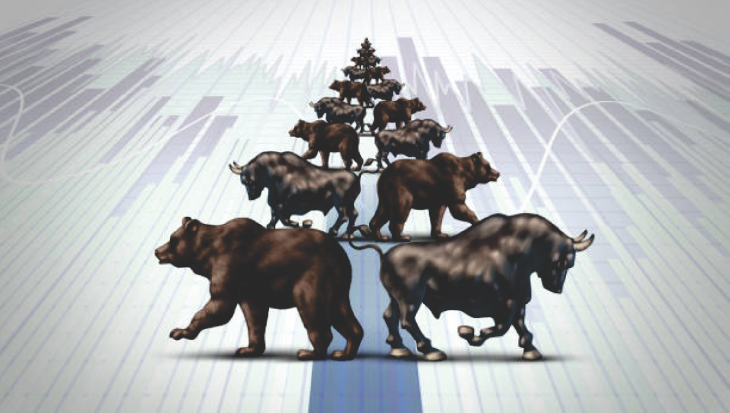History shows midterm elections tend to coincide with stock market gains regardless of the broader trend. Several dynamics may contribute to this phenomenon.
In midterm years since World War II, the S&P 500 has averaged 16% returns with positive results an overwhelming 80% of the time.
Not even bear markets reliably reverse this strength. During eight midterm years in bear cycles, stocks still posted average gains near 10%.
While unique factors drive each market, some possible explanations exist for this midterm consistency.
Investors may anticipate divided government resulting from midterms, limiting sweeping policy changes. Markets also historically look ahead.
On average, the second year of a president’s term sees the strongest gains. Positioning early for this momentum may support markets before November.
The reasons are debatable, but the midterm effect remains noteworthy. This year will pose a key test given elevated volatility and risks.
However, seasonality suggests optimism. Though unusual, even bear-market midterms tend to rise into year-end.






Add Comment